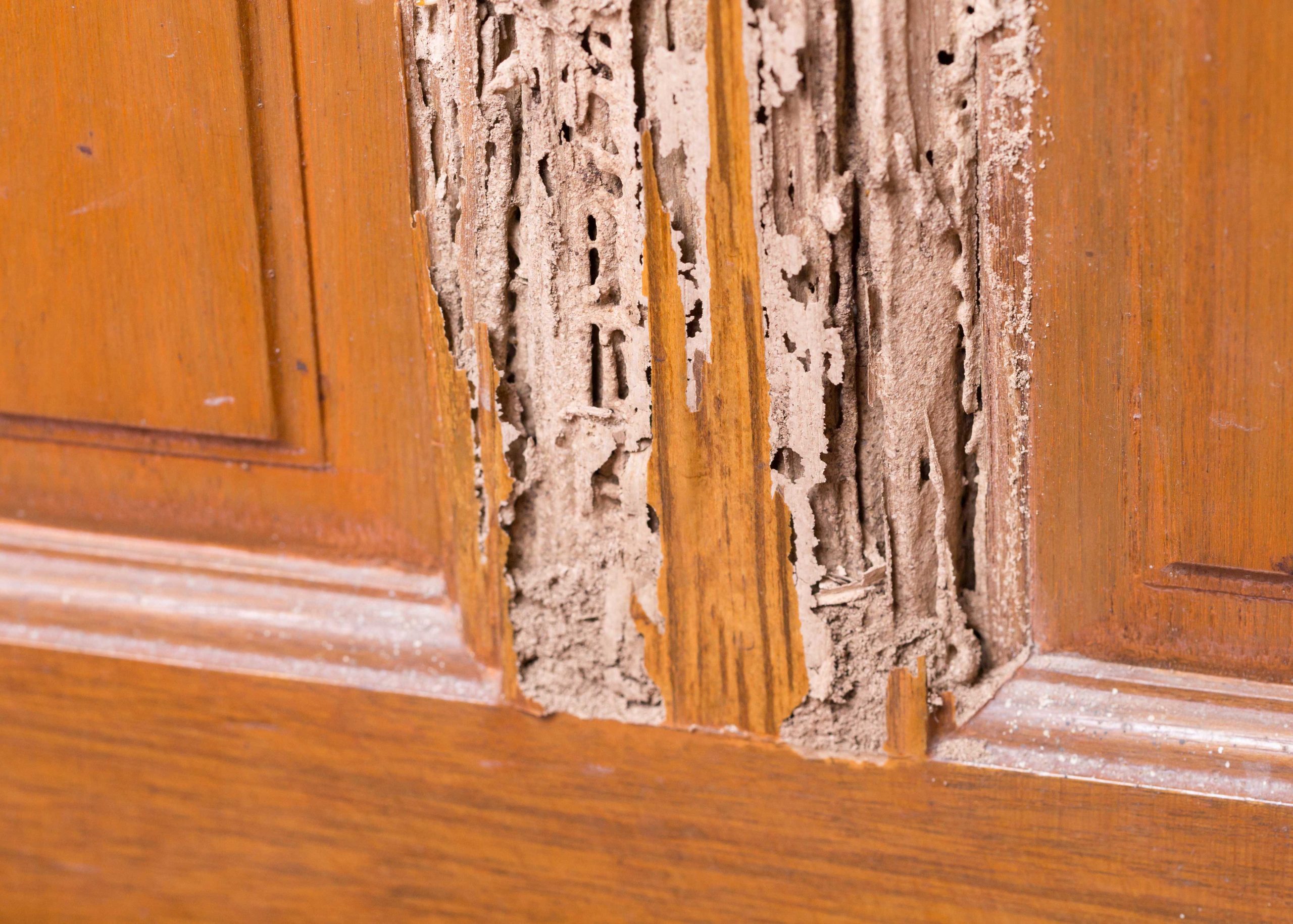Connecting you with a Birmingham pro to get your fast, local termite removal estimate
1. Call our team or complete our local estimate form
Our termite removal network operates locally, which means that all calls and form completions are directly routed to experts in your area. You will only incur charges if you choose to proceed with one of our termite removal network professionals. Rest assured that your property will receive top-notch termite removal services from our trusted network of professionals.
2. Connect with a local Birmingham termite removal expert
If you’re pressed for time, filling out our form is a convenient option to have one of our termite removal professionals get in touch with you at a later time. However, if you need to connect with a termite removal expert promptly, a phone call is the way to go. Our termite removal professionals are readily available to provide you with a estimate over the phone. In some cases, additional discovery may be necessary, and the termite expert may want to conduct some basic inspections before presenting an estimate.
Why it's important to hire a professional for termite control

Do you see the following?
- Presence of termite wings or bodies in your home or near wooden structures
- Hollow or damaged wood in or around your home
- Termite droppings or frass (tiny pellets) around your home or in your attic
- Buckling or sagging floors, ceilings, or walls
- Sounds of rustling or tapping coming from wooden structures in your home, especially at night
- Moisture damage or water stains on your ceiling or walls, which can indicate a termite infestation above your home
- Visible tunnels or mud tubes on the exterior of your home, which termites use to travel between their nest and food sources.

Frequently offered termite elimination services
Termite inspection: A professional pest control service can inspect your home for any signs of termite activity, such as mud tubes, discarded wings, and termite droppings.
Soil treatment: Treating the soil around the foundation with a liquid termiticide is a popular option for dealing with termites. This creates a barrier that keeps the termites out.
Bait stations: Placing bait stations around your home is another common procedure for termite control. The slow-acting poison in the bait is carried back to the termite colony, which eliminates it.
Fumigation: If the infestation is severe, fumigation is a possible solution. This involves sealing your home and releasing a gas that kills all the termites inside.
Wood treatment: A pest control service might treat exposed wood with a borate solution to prevent future termite issues. This repels and kills the termites.
Preventative measures: Additionally, a pest control service may advise taking preventative measures such as repairing leaks, removing wood debris near the house foundation, and ensuring proper ventilation in the attic and crawl spaces.

Local estimates, no risk, quality service
When it comes to termite removal, it’s crucial to find a service that not only offers quality work but also ensures your peace of mind. That’s why our team provides local estimates for our termite removal services with no obligation or risk on your part. You can rest easy knowing that our experienced professionals will provide you with a quote that reflects the true cost of the service.
Our network of experts prides themselves on delivering high-quality workmanship and providing customer satisfaction. Our team of experts is dedicated to providing you with the best possible termite removal service to keep your property safe and termite-free. So, if you’re looking for a reliable termite removal service, look no further than our trusted professionals.
Get Your Local EstimateWhy you need Birmingham's expert termite removal services
Why termite removal should be your top priority: protecting your home from termites
As a homeowner in Birmingham, it’s crucial to seek professional termite removal services to safeguard your property and avoid costly damages down the line. Termites can wreak havoc on your home’s structural integrity and cause significant damage that may not be apparent until it’s too late. Regular termite inspection and removal by a professional can prevent such issues and ensure the safety of your home. Failure to do so could result in costly repairs and even potential safety hazards.
By partnering with a professional termite removal service in Birmingham, you can identify potential problems early on and mitigate them before they escalate. In short, enlisting the help of a professional termite removal service is a necessary step for homeowners in Birmingham who want to protect their homes and avoid costly damages.
